Zalman Unreich On
Jewish Wrestler and Spy
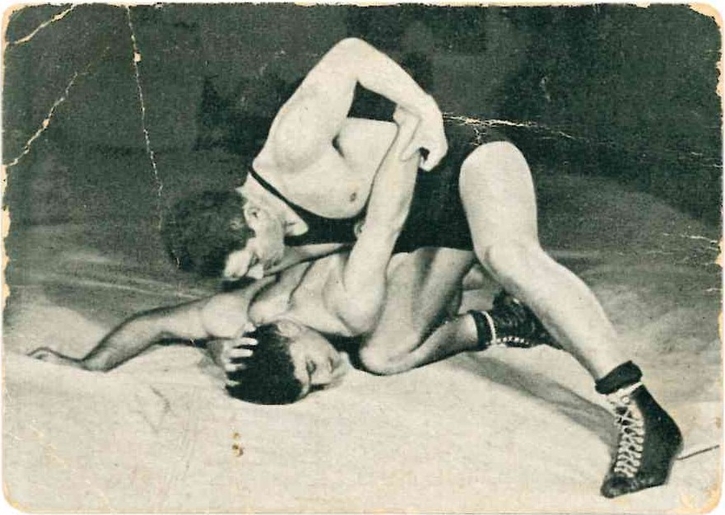
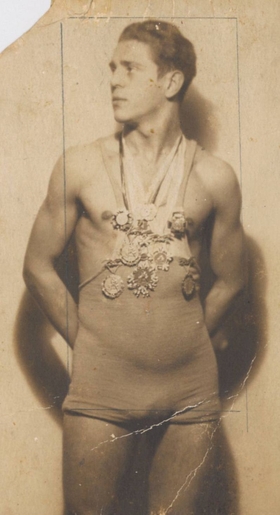
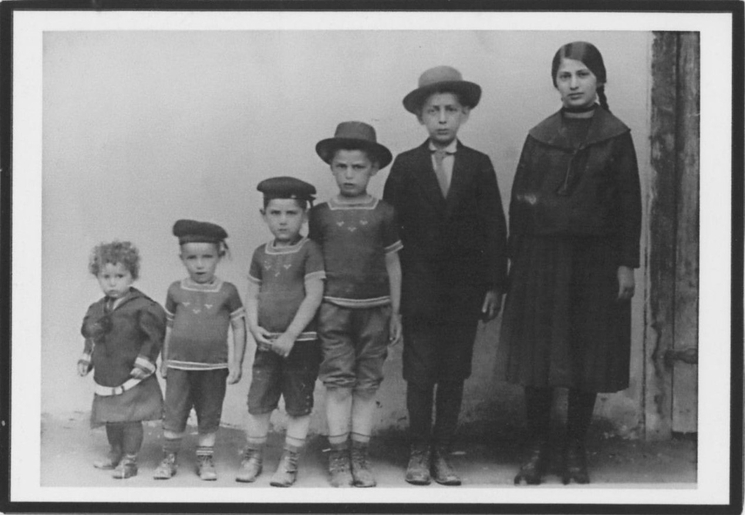
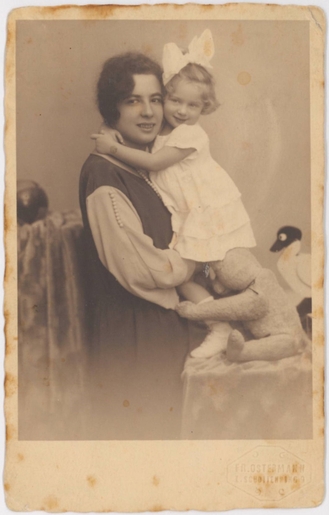
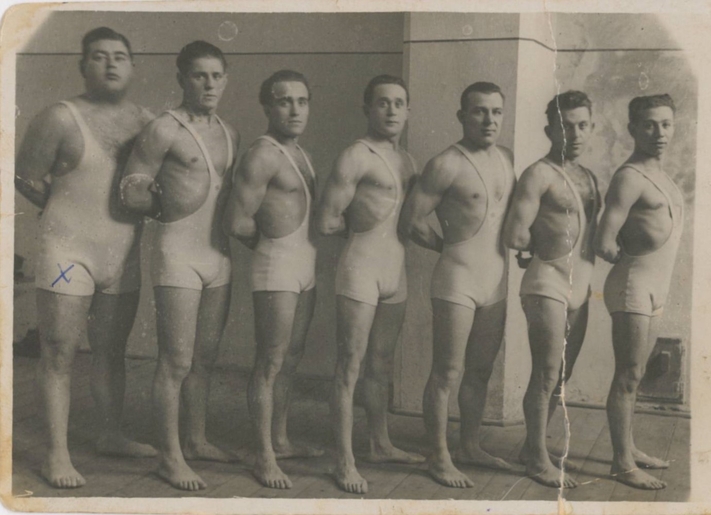
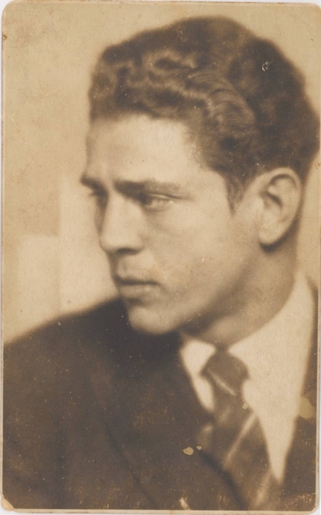
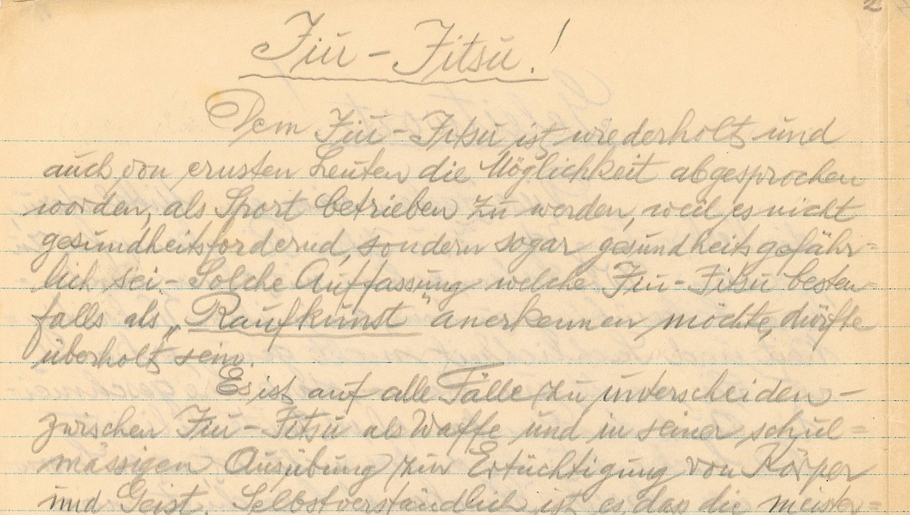
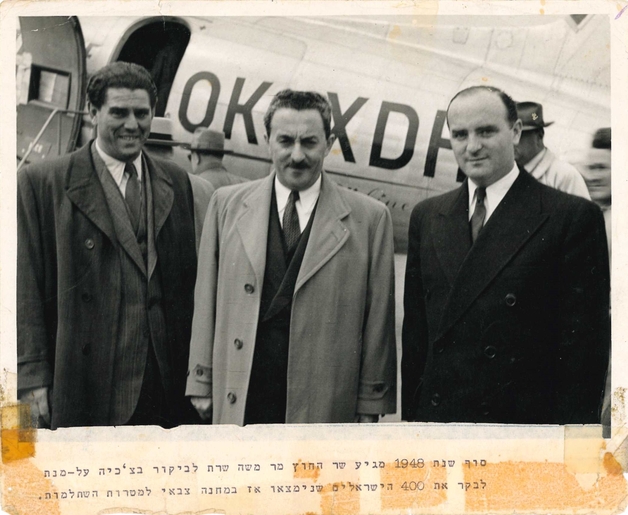
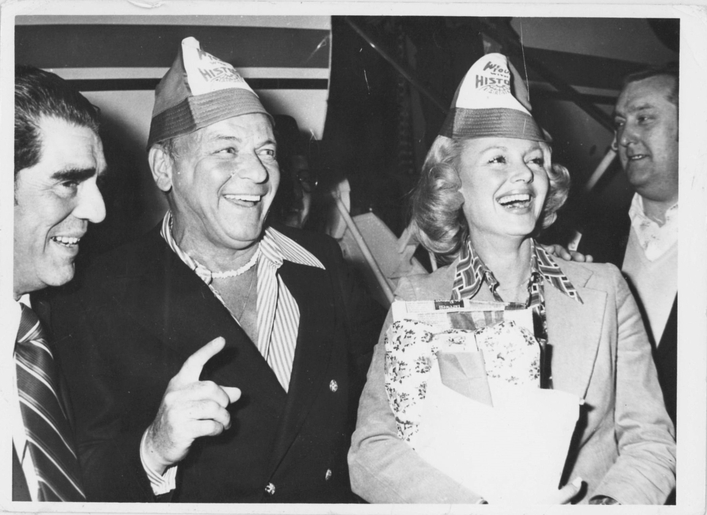
In the early decades of the twentieth century, Bratislava, Czechoslovakia was not necessarily a safe place for Jewish boys growing up in religious families. Some of the seven sons of Rabbi Sulim Unreich learned wrestling as a self-defense tactic, joining the local Maccabi Sports Club. Two of the brothers, David and Zalman, won competitions and earned medals and prize money in the wrestling matches held regularly within traveling distance of Bratislava. Zalman started coaching wrestling in Bratislava, and through wrestling he met people and had opportunities that helped shape who he became as he grew up. Both David and Zalman used their wrestling talents to help ease their transitions to new lives after leaving Bratislava in the early 1930s.
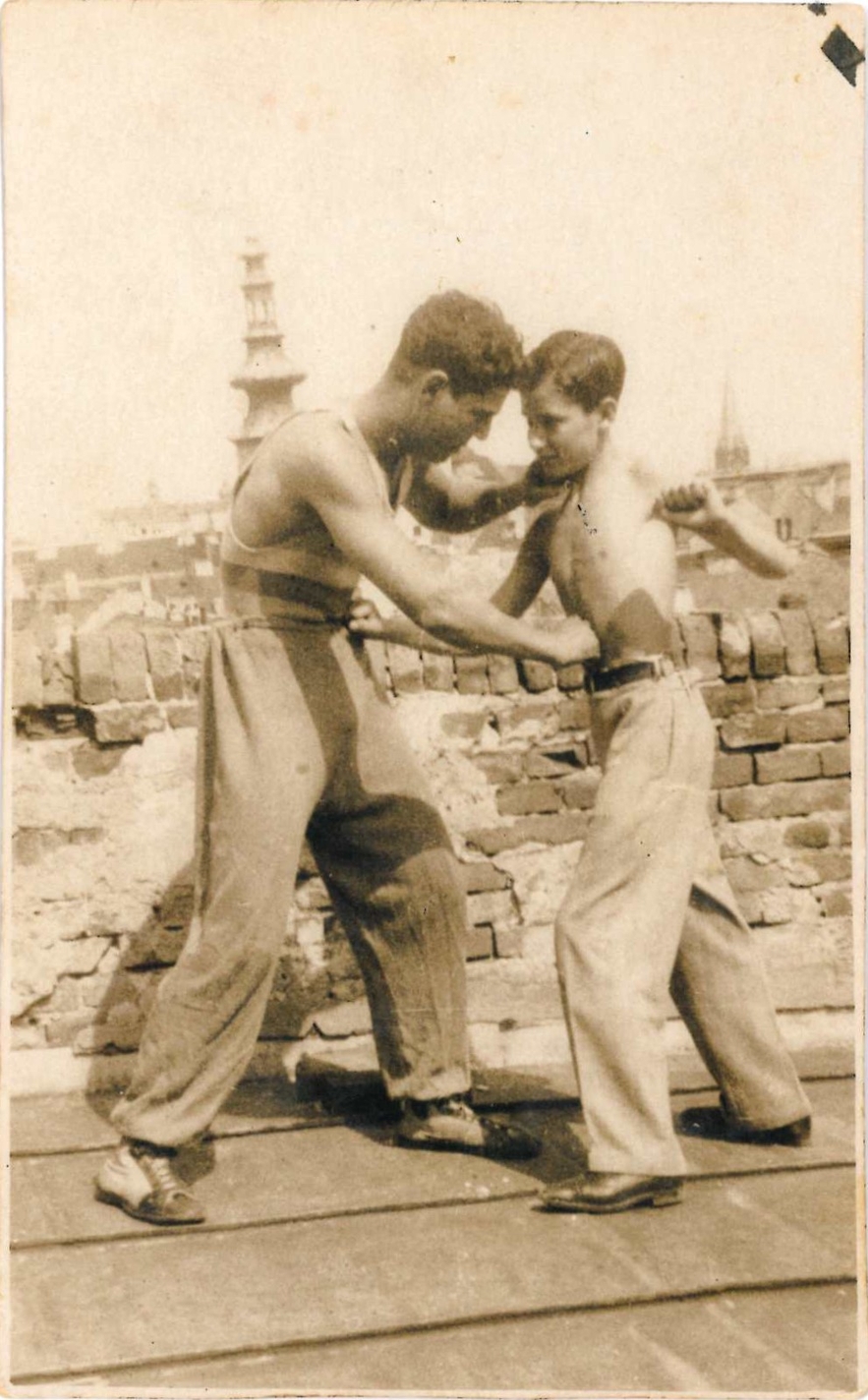
Zalman Unreich On was born in Pressburg (later, Bratislava) in 1912, the sixth of eight children of Sulim and Regina Unreich. The eldest was Reitzi, Zalman’s only sister. As boys in the Maccabi Sports Club, Zalman and his brothers learned and competed primarily in Greco-Roman wrestling. One member of their wrestling club, Imi Lichtenfeld (later, Imi Sde-Or) is credited with inventing the self-defense martial art of Krav Maga. Zalman competed in wrestling competitions in Czechoslovakia beyond Bratislava, and in Hungary.
Among the things Zalman took with him when he left Czechoslovakia were two booklets, printed in 1926 in Hungarian, that covered specifics of physical education and sport. Included were lessons in healthy living and more general exercise as well as Greco-Roman wrestling. The booklets provided a good basis in wrestling and other athletics; as a coach, Zalman no doubt found this training material helpful in Bratislava and as he continued wrestling after leaving Czechoslovakia in 1933. He initially learned wrestling as a form of self-defense, and it became his way of life.
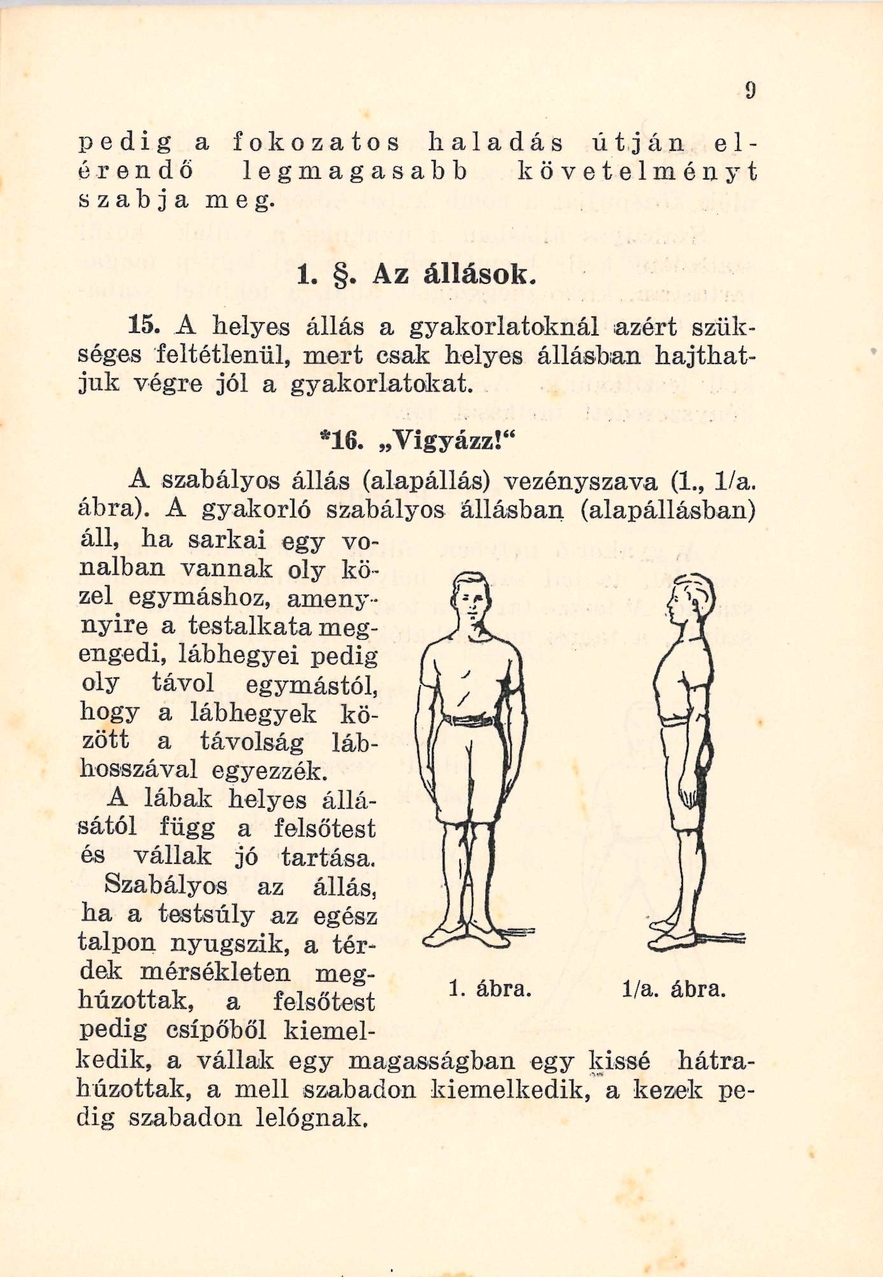
Zalman handwrote a manuscript on Greco-Roman wrestling and Jiu-Jitsu, and his success in international competitions was documented with the medals he took home in the 1920s. Between 1927 and 1929, Zalman won medals in welterweight and middleweight competitions, knocking out fighters from Czechoslovakia, Hungary and Austria.
Zalman competed in the first Maccabiah games, in Tel Aviv, in what was then Palestine, and emigrated to Palestine in 1933. In 1935 he won a gold medal at the second Maccabiah games. An article in “Sports News” (“Hadashot HaSport”, in Hebrew) from 1973 recaps Zalman’s wrestling exploits, including his 1935 gold medal. An article in "Davar" from 1944 features caricatures of top wrestlers, including Zalman.
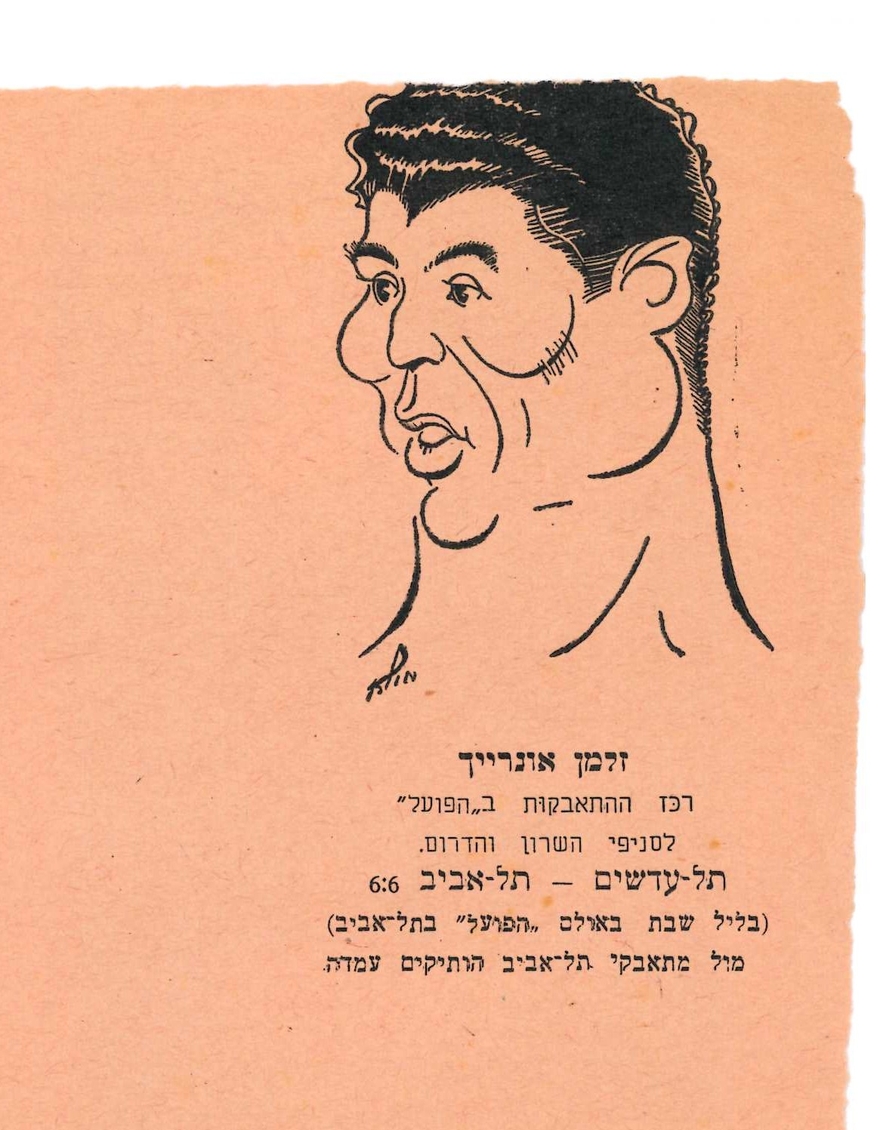
Zalman had settled In Tel Aviv after leaving Bratislava. Initially, in addition to wrestling, he supported himself by working in construction and by picking fruit. Through this construction work Zalman met Felix Sussman, also a recent immigrant (from Vienna); Zalman would later marry Felix’s daughter Gerty. Zalman competed in a wrestling match soon after arriving in Palestine, and lost. He was out of shape and knew he needed to find a club like the Maccabia Club in Bratislava where he could train and stay in shape; his solution was to open a wrestling club within the Hapoel Sports Association, which had been established in 1926 by the Histadrut, the oldest and largest labor federation in Israel. Zalman maintained relationships with people at the Histadrut through the rest of his life; this network connected him with contacts important in establishing himself in a successful career.
In 1936, Zalman’s brother Shlomo, also in Palestine, was married there, and their parents traveled from Bratislava to Palestine for the wedding. Although their sons tried to convince them to stay in Palestine instead of returning to the threatening conditions in Europe, their parents declined. Sulim and Regina felt their work in Bratislava helping Jews in their community, and helping Jews traveling through Bratislava away from the reaches of Nazi Germany, was too important to abandon. As conditions in Czechoslovakia worsened, the brothers applied for visas for their parents and their sister and her family so they could emigrate. But British visas for Palestine arrived too late and those who had remained in Bratislava, Zalman’s mother and father Sulim and Regina, and Zalman’s sister Reitzi and her family were murdered during World War II.
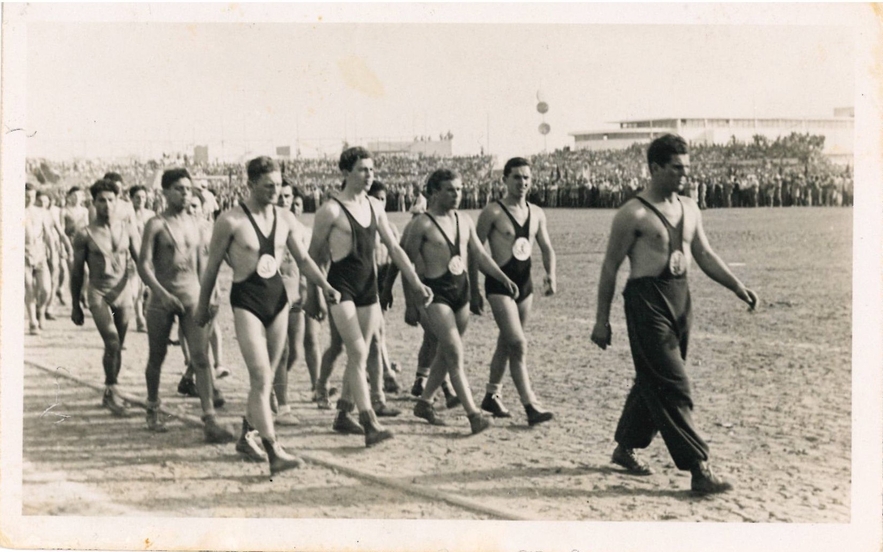
Zalman continued to coach wrestling at his club in Tel Aviv, and in photographs he is often leading the members of the club in their training and in competitions.
In about 1938 the tobacco company Dubek issued a cigarette card album in Hebrew called “Guard and Sport”, containing information about the sports then prevalent in Palestine as well as the people protecting and guarding Jewish towns and agricultural lands. The album included spaces where collectors could attach the corresponding trading cards. Zalman was featured in several of the cards, which had photographs on one side and text on the other.
In 1940, Zalman married Gerty Sussman, 8 years his junior, as she turned twenty.
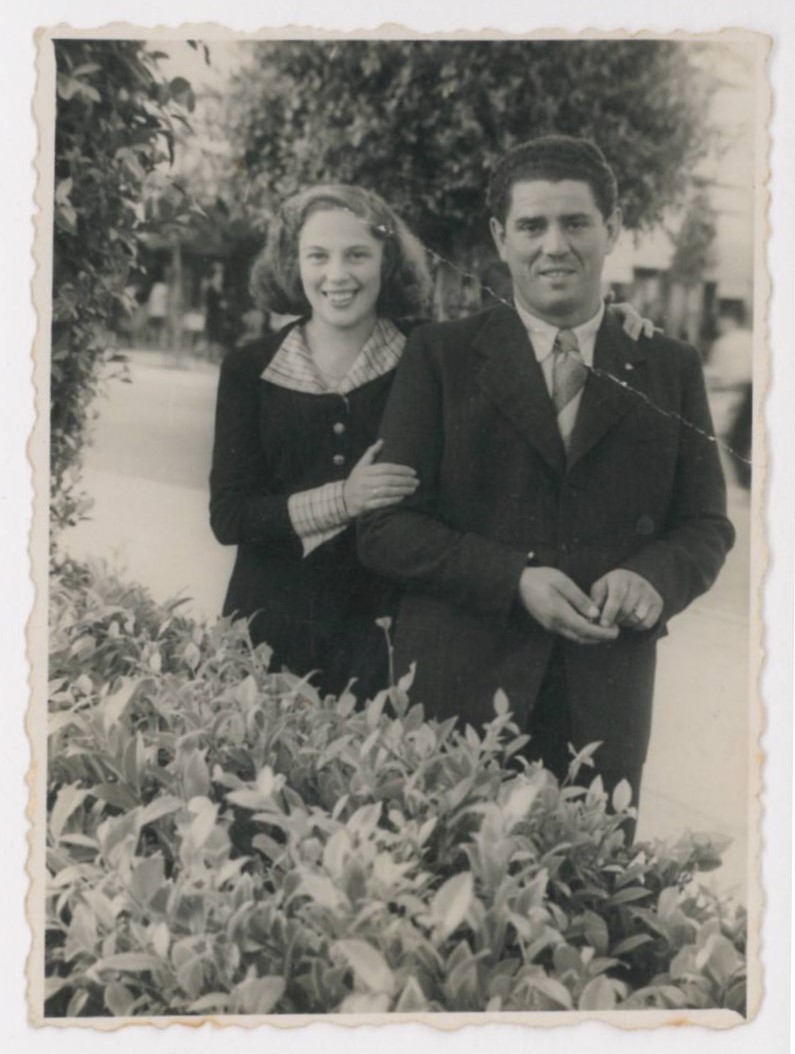
They remained in Tel Aviv and raised three children, Ilana, Avi and Naomi. The announcement of and invitation to Avi’s brit milah in 1946 was signed by many people at the Histadrut and elsewhere. As described in a note from Avi years later, it was attended by, “Everyone big in Israel”. In 1956, to Hebraicize their last name, Zalman, Gerty, and the children changed their last name to “On”.
Zalman was tall and handsome, and through his years of training had the physique of an athlete. From 1938 to 1947, Zalman was responsible for security for the Executive Committee of the Histadrut, working in the Intelligence Bureau. He also was employed in the Consular Department within the Ministry of Foreign Affairs of pre-state Israel. In 1947, when the Israeli diplomatic mission in Prague opened, Zalman was appointed head of security. He and his family moved to Prague and lived there while the mission remained open, until 1952.
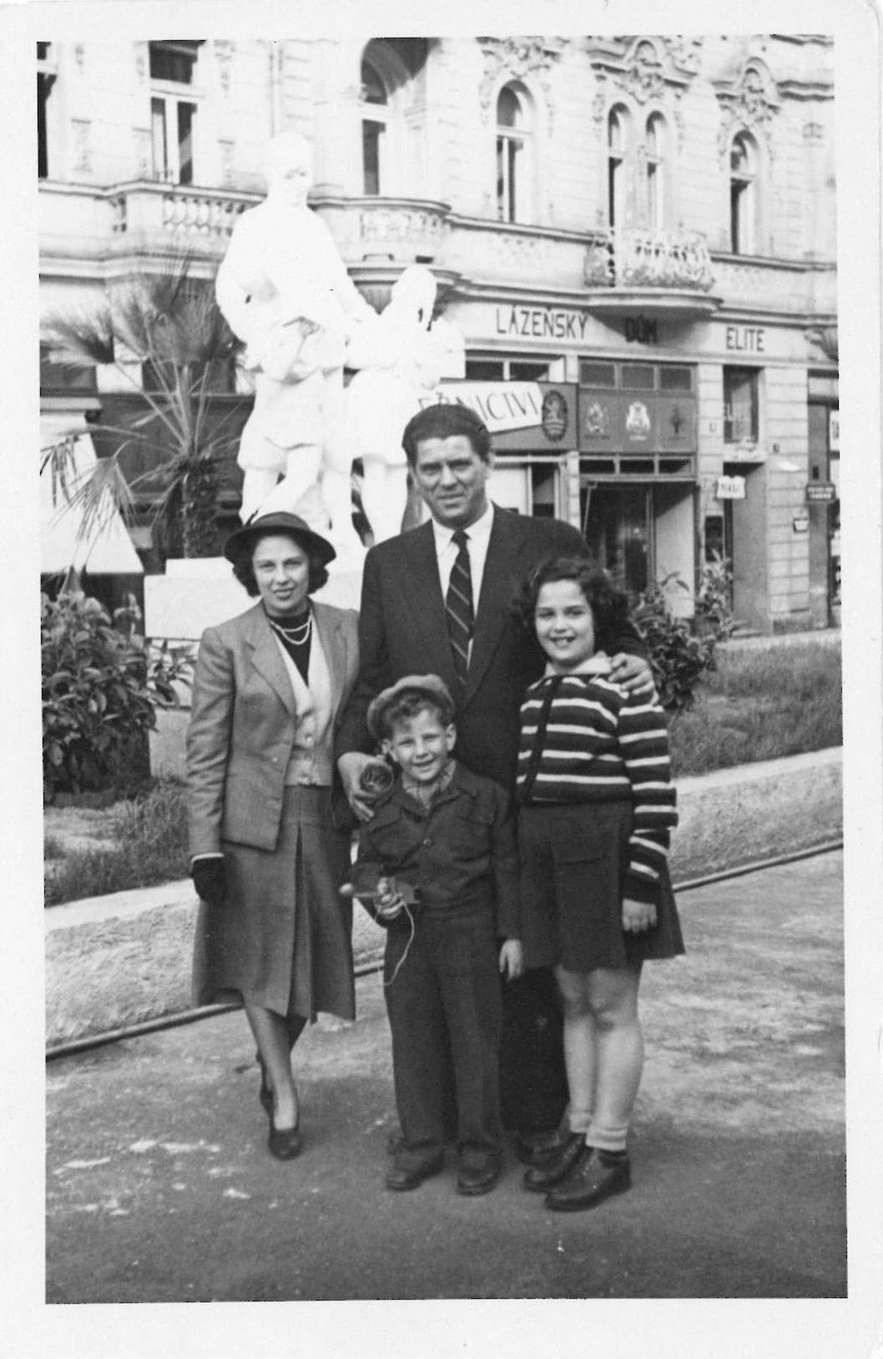
The pre-state provisional government in Jerusalem was involved with negotiating with the Czech government to buy arms before and during the war in Israel that followed Israel’s declaration of statehood. Zalman left very little documentation of his role during meetings in Prague, but he is present in photographs from this time, including one captioned, “Finalization of the arms deal with the Czech government delegation”, below, most likely taken in 1949. One man also pictured here is Ehud Avriel, who is known to have been instrumental in working out the details of Czech arms sales to Israel. Avriel was instrumental in aiding illegal immigration to Palestine, and after statehood was involved with various government departments around the world.
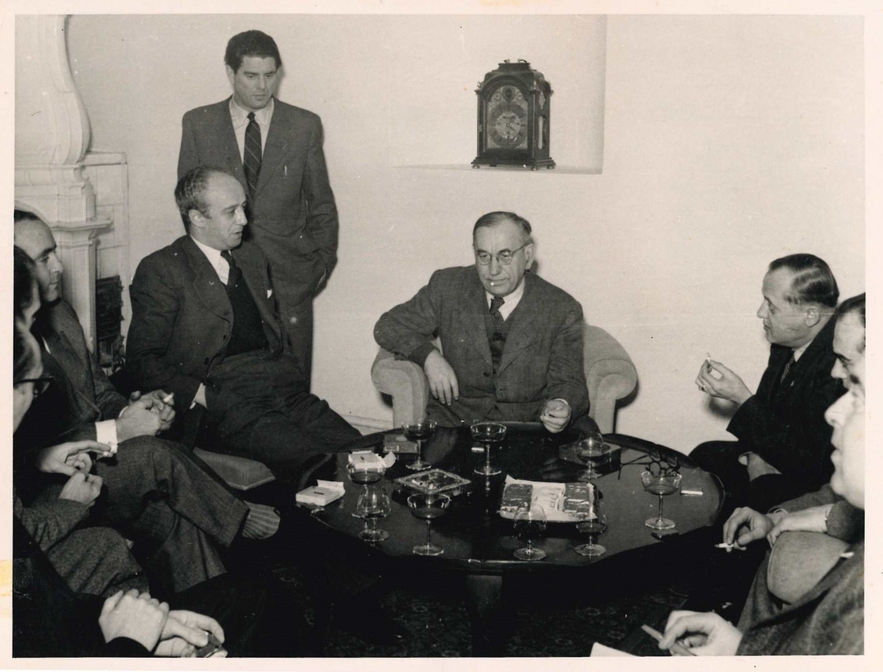
It is suspected that Zalman was involved with secret missions to aide Jews wanting to leave Czechoslovakia and other Eastern European countries immediately after the end of World War II. It is apparent from photographs that various Israeli government and military officials who are known to have been on these missions passed through the Prague mission, but Zalman left no clear documentation about his role or theirs. From historic documents not in the collection, it is known that Israelis, including in the Israeli government, former Haganah members and others did pass through the Mission in Prague. The head of the Israeli Mission in Prague was Arieh L. Kubovy. According to EHRI research at the Yad Vashem archives Kobovy, the “Legate for Israel in Czechoslovakia and Poland”, 1952, [was] accused in Czechoslovakia of “interfering in internal matters, activities on behalf of the aliyah of Jews to Israel and maintaining contact with Rudolf Slansky”. Kubovy was found guilty of treason and not allowed to remain in or visit Czechoslovakia and Poland. Many members of the mission staff, including Zalman, it was learned later, had files in the Czech secret police archives, which are now open for research. As relations between Czechoslovakia and the USSR warmed around this time and cooled with Israel and the United States, show trials like the one that convicted Rudolf Slansky, became more prevalent.
What Zalman did document, however, is in a scrapbook of some of the projects he was involved with while in Prague, including numerous photographs. Most of these photographs were accompanied by typed, Hebrew language captions written in the first person, indicating that they were the photographs Zalman felt to be important enough to describe, and remember.
Jews and others were put on trial in Czechoslovakia in 1952, including Mordechai Oren and Shimon (Shimson) Orenstein, both of whom appear in Zalman’s scrapbook.
It is unknown how many Jewish refugees Zalman helped escape Czechoslovakia, but there is one photograph of Edgar and Hannah Krasa with Zalman, Gerty, Ilana and Avi on an outing during the time the staff at the mission was working on getting the Krasas out of the country.
One of Zalman’s most well-documented projects in his scrapbook took place in 1949. He was instrumental in locating, identifying and transferring the remains of 3 Jewish parachutists from Czechoslovakia to Israel. According to Yad Vashem, the three parachutists were Haviva Reik, Raphael Reiss and Zvi Ben-Yaakov.
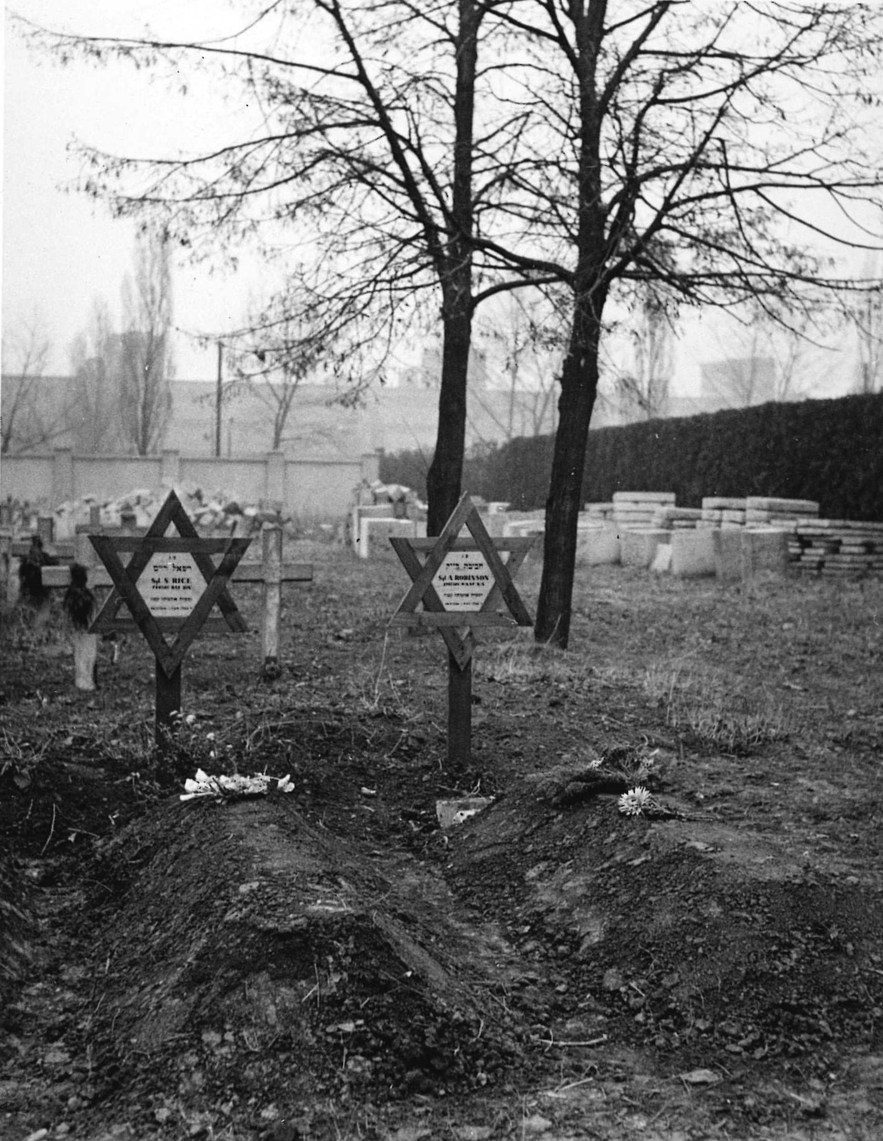
The parachutists were part of a group of 32 under British command.
Attending the exhumation alongside Zalman was Yigal Yadin, then a young general in the Israeli army and later the archeologist at Masada. Also attending was Ehud Avriel, mentioned above as handling the acquisition of arms from Czechoslovakia for the Jewish community in Palestine; he had directed the Haganah-led illegal immigration of European survivors to Palestinebefore statehood. As part of Zalman's duties while at the diplomatic mission in Prague after the war, after the necessary diplomatic permissions and ceremonies were taken care of, the parachutists' remains were returned to Israel for burial as Zionist heroes in the military cemetery on Mount Herzl.
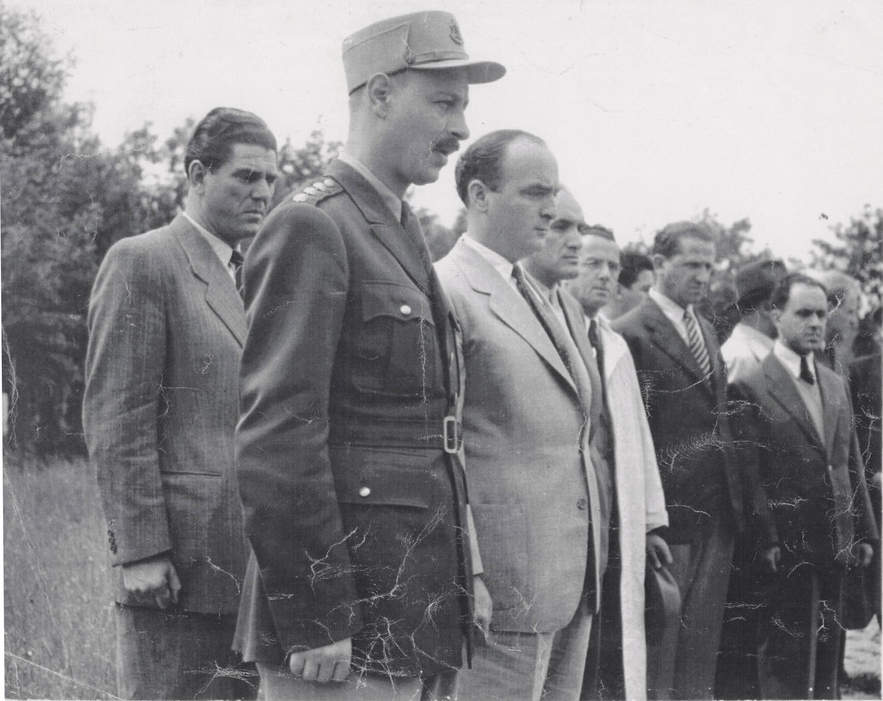
Zalman and Gerty’s third child, Naomi, was born while the family was in Prague. The entire family returned to Tel Aviv when the mission was closed in 1952.
By the 1960s, again through his network at the Histadrut, Zalman became a greeter at Ben Gurion airport for the Histadrut Tourist & Travel Office. He greeted, escorted and acted as security as needed for prominent visitors to Israel. Among many other visitors, he is pictured with Willy Brandt (leader of the Social Democratic Party of Germany from 1964 to 1987 and chancellor of West Germany 1969-1974), Ogden Reid (United States ambassador to Israel) while accompanying President Harry Truman while visiting Israel, a delegation of top union officials from the United States including Walter P. Reuther of the United Automobile Workers (UAW), and a series of photographs with Frank Sinatra over a span of twenty years.
A few days after what turned out to be his last visit with Frank Sinatra, in 1978, Zalman Unreich On died in Tel Aviv.